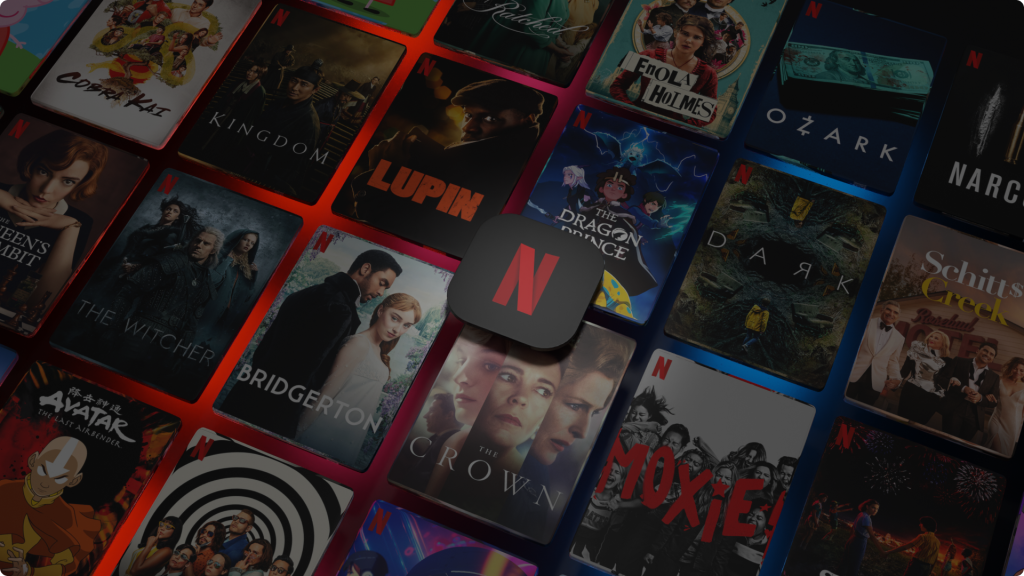A new study of the content viewing behaviour of Singaporean consumers revealed that 15% of consumers use a TV box which can be used to stream pirated television and video content.
These TV boxes, also known as Illicit Streaming Devices (ISDs), allow users to access hundreds of pirated television channels and video-on-demand (VOD) content, usually with a low annual subscription fee.
TV boxes often come pre-loaded with illegal applications allowing ‘plug-and-play’ access to pirated content.
The survey found that MyIPTV, UBTV, WorldTV, MoonHD, and Infinity TV, are some of the most popular illegal applications amongst Singapore consumers.
The survey, commissioned by the Asia Video Industry Association’s (AVIA) Coalition Against Piracy (CAP) and conducted by YouGov, also highlights the detrimental effects of streaming piracy on legitimate subscription video services.
Of the 15% of consumers who purchased a TV box for free streaming, more than one-quarter (28%) asserted that they cancelled their subscriptions to a Singaporean-based online video service as a direct consequence of owning an ISD.
International subscription services, which include pan-Asia online offerings, were also impacted – nearly one in five (18%) Singaporean users have abandoned those services in favour of ISD purchases.
Of those consumers who own an ISD, more than half of respondents (62%) claim to have purchased their illicit streaming device from two of the largest Southeast Asia-based e-commerce stores.
More than one-fifth of ISD owners (21%) say they acquired their devices via one of the world’s most popular social media platforms.
Over one-third (38%) of ISD owners said they purchased their pirate TV box from IT Exhibitions or physical retail stores in Singapore.
Singapore currently has over a dozen online legal services providing an array of live sports, TV channels and video-on-demand content at varying flexible price-points.
Neil Gane, the General Manager of CAP commented, “The overt availability of ISDs in Singaporean malls and IT exhibitions is a major concern for the content industry.
“Unfortunately, there is no one silver bullet to deterring piracy due to the fragmented nature of the ecosystem.
“What is required is an holistic solution to include enforcement, co-operation with technology platforms and intermediaries, disabling access to pirated content through effective site blocking and consumer outreach”.
An important win in the industry’s fight against piracy was the recent High Court injunction ordering Singapore’s internet service providers to block access to popular illegal applications that are frequently pre-loaded on ISDs sold in Singapore.
As a consequence of these High Court blocking orders, Gane added, “Consumers are wasting their money when purchasing new subscriptions to illegal applications when they find their ISD can no longer access live sports matches or their favourite TV shows.
CAP will continue to prevent and disrupt illegal feeds of live sports, TV channels, and VOD content through judicial blocking orders against piracy applications.
ISDs can never provide quality programming and a service guarantee”.
A growing concern from the anti-cyber crime community remains the nexus between online piracy and pernicious malware such as spyware, malware mining and ransomware.
In September 2018, the European Union Intellectual Property Office released a report entitled “Identification and Analysis of malware on selected suspected copyright infringing websites” which found that most of the documented malware on piracy sites were trojans or other malware which, when installed on an end-user’s, computer would cause not only “cause financial losses, but also theft of personal data and other risks of unwanted access and control”.
MARKETING Magazine is not responsible for the content of external sites.









